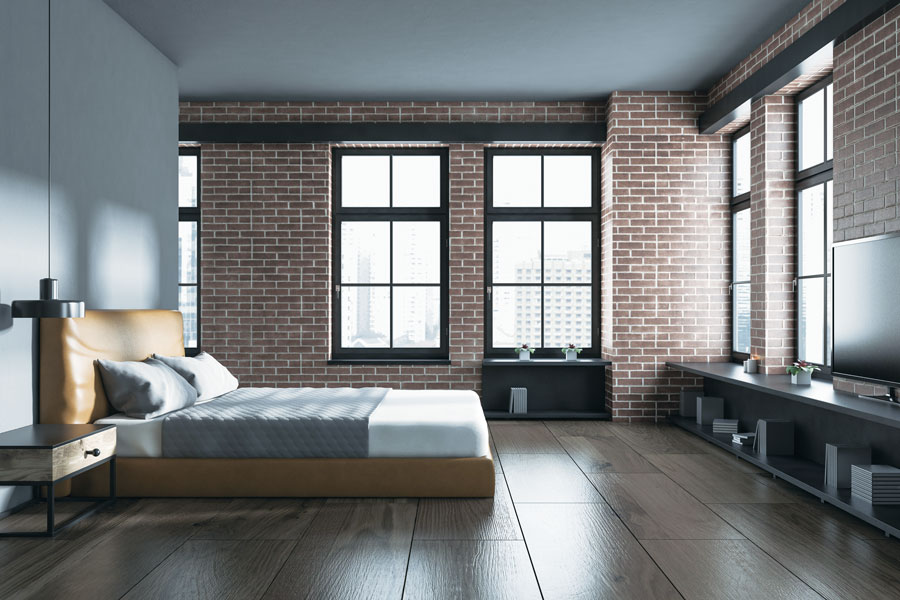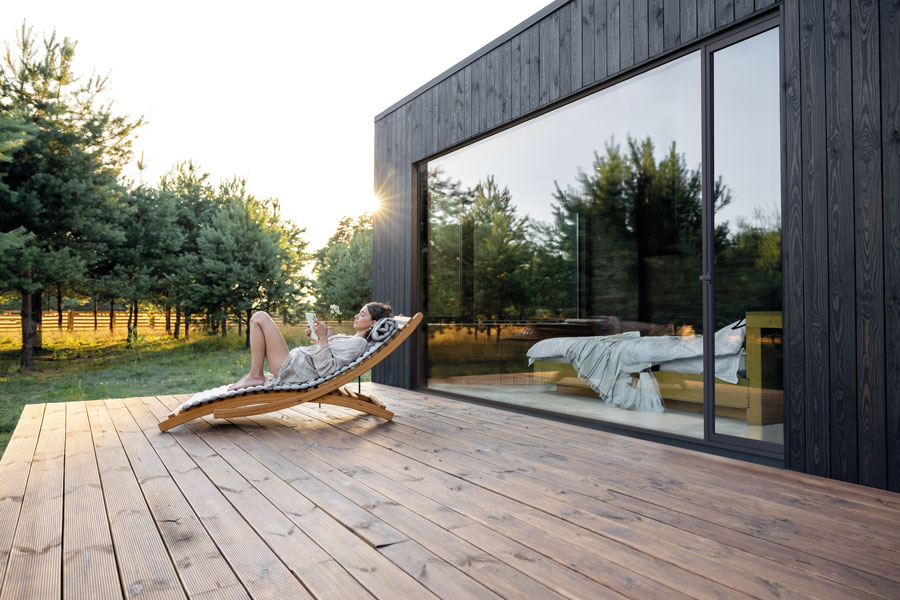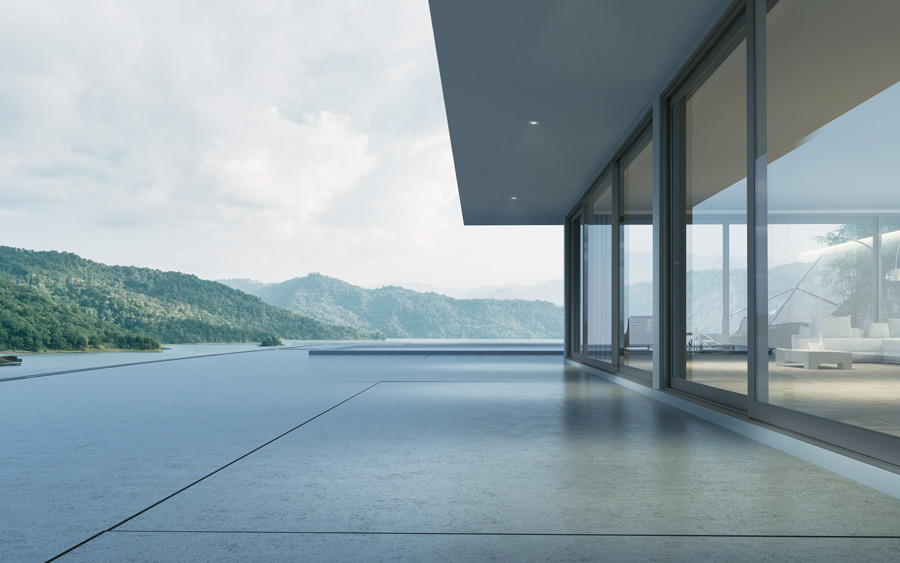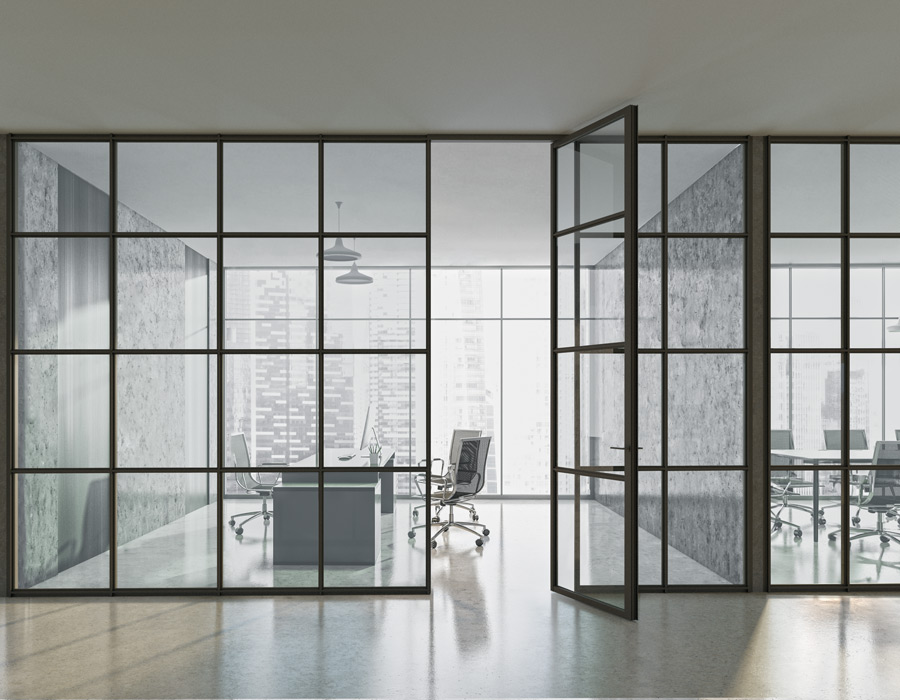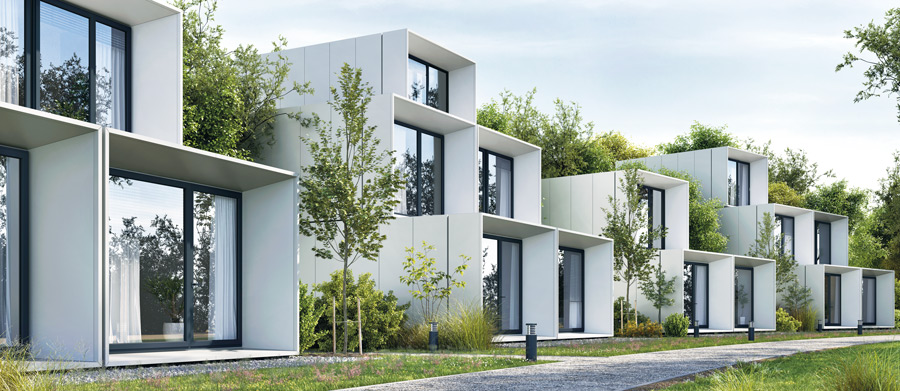
Passivhaus
Research and developmentThe Passivhaus concept is the result of a set of insulation, watertightness and ventilation criteria laid down in the corresponding standard for buildings with high performance in the areas of energy, health and comfort, and sustainability.
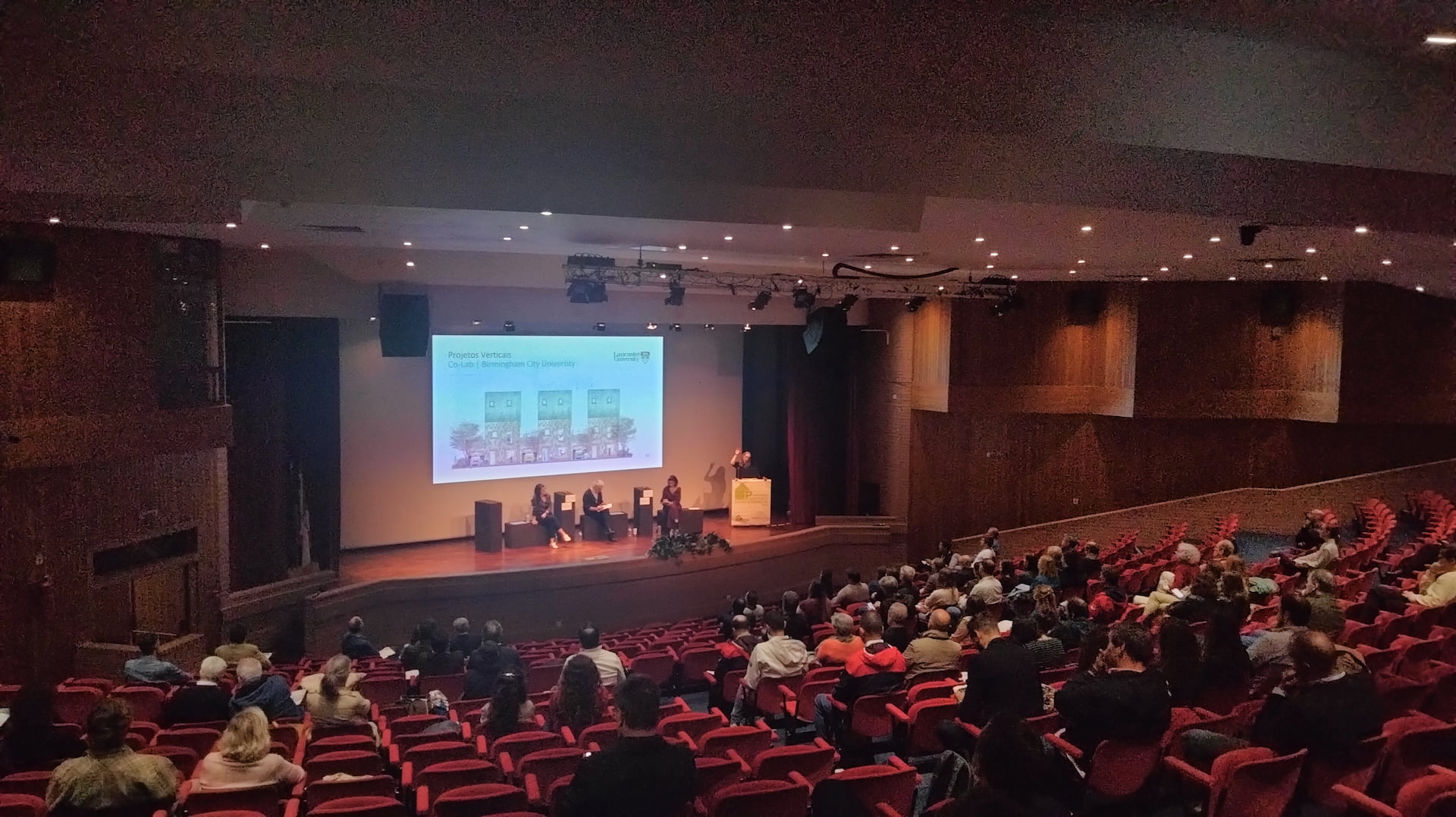
The Passivhaus concept is the result of a set of insulation, watertightness and ventilation criteria laid down in the corresponding standard for buildings with high performance in the areas of energy, health and comfort, and sustainability. In 2012, Homegrid built the first houses in Portugal that implemented this concept and received certification from the Passivhaus Institute. To increase support for the cause, the Passivhaus Portugal association was founded at the end of the year. The first Passive House in Portugal was built in 2016, in the tourism sector.A Passivhaus building addresses the current need of an increasingly demanding market that aims for a better standard of housing with maximum resource efficiency, in strategic alignment with the goals of carbon emissions reduction for the construction sector.
A Passivhaus-certified home may require a greater initial investment, but this is offset by future energy savings, since it consumes 75% less than new buildings that don’t apply the standard’s criteria, and 90% less than the housing stock already in place. According to a study carried out in 2019 by the Passivhaus Trust (passivhaustrust.org.uk), construction costs in 2018 were only 8% higher than normal construction.
vView attended the 11th Passivhaus Portugal 2023 Conference, which took place on October 24 and 25, 2023 at the Aveiro Cultural and Congress Center, with the aim of better understanding the concept and its challenges. During the two-day event, various conferences and workshops were held. On the first day, passive house projects were presented, airtightness tests were carried out and solutions to the various challenges that arise in the construction of passive houses were discussed. On a second, more intense day, several Passive House specialists and various agents involved in the projects took part in discussions, sharing their different perspectives.
The event also allowed participants to get closer to the materials, through various exhibition spaces of different brands and construction systems.
Research and development
